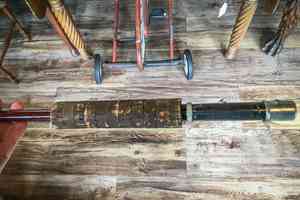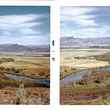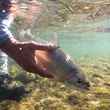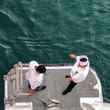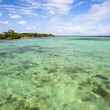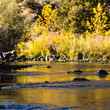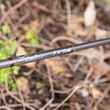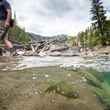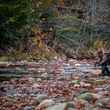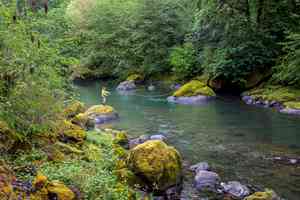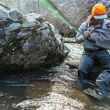Sage announced today six new fly rod models. Four of these mark expansions of to existing rod series, while the other two rods being introduced are new specialty rods developed by Sage. All of the new additions are now available online and via brick-and-mortar retailers, with the exception of the spey additions to the ONE series, which will be available May 1st.

The ESN (Euro-Style Nymphing) family, which is currently comprised of four different 10' rods, gets a new addition of an 11' 3-weight, complete with mini fighting butt and retailing for $695. The aforementioned new spey rods in the ONE series will come in the form of two travel-friendly six-piece rods, a 13' 7-weight and a 14' 9-weight, retailing for $1200 and $1275, respectively. The ONE series receives another addition, the new single-handed 9' 12-weight rod, designed for big-game species such as tuna and sailfish, for $795.
